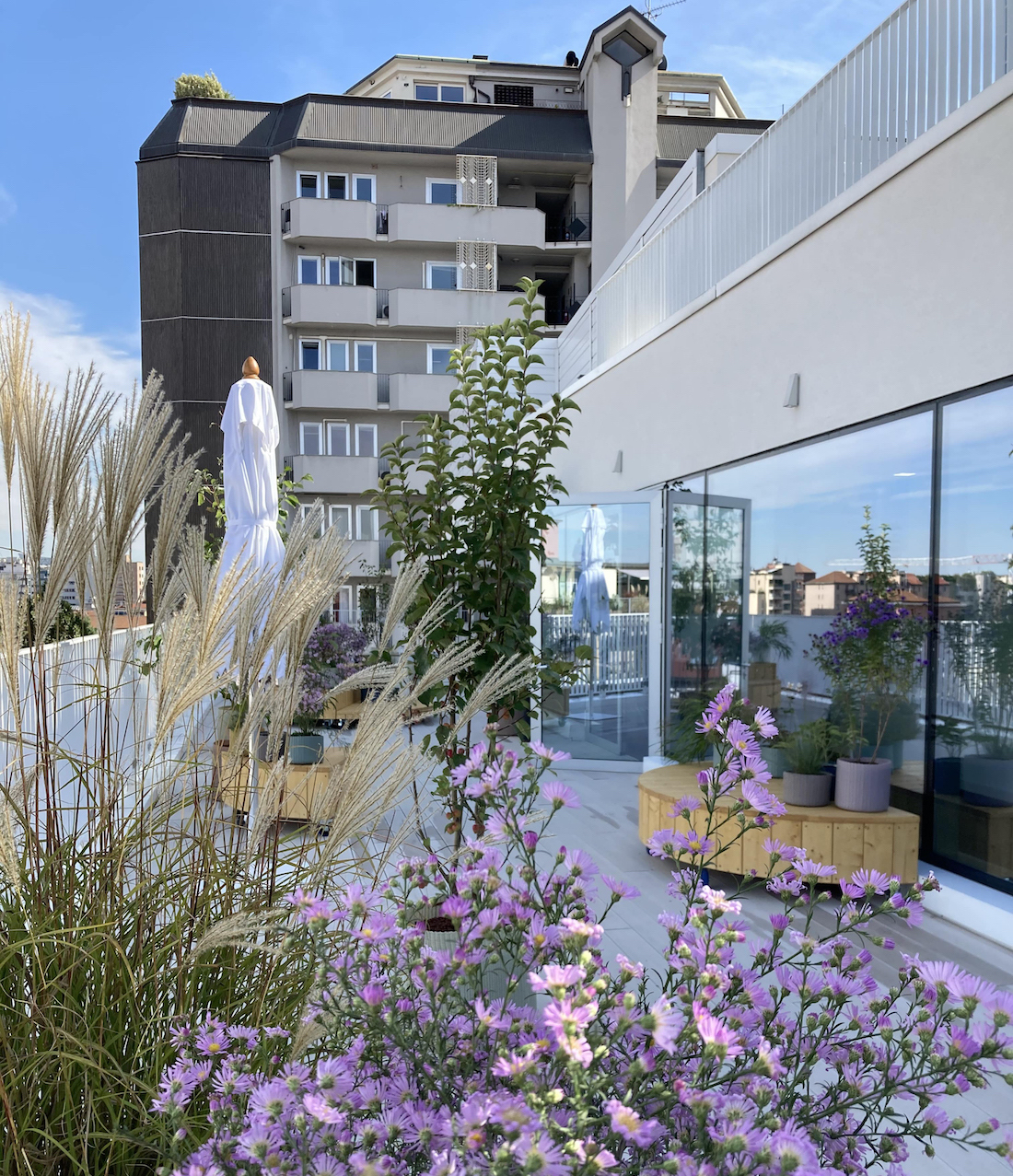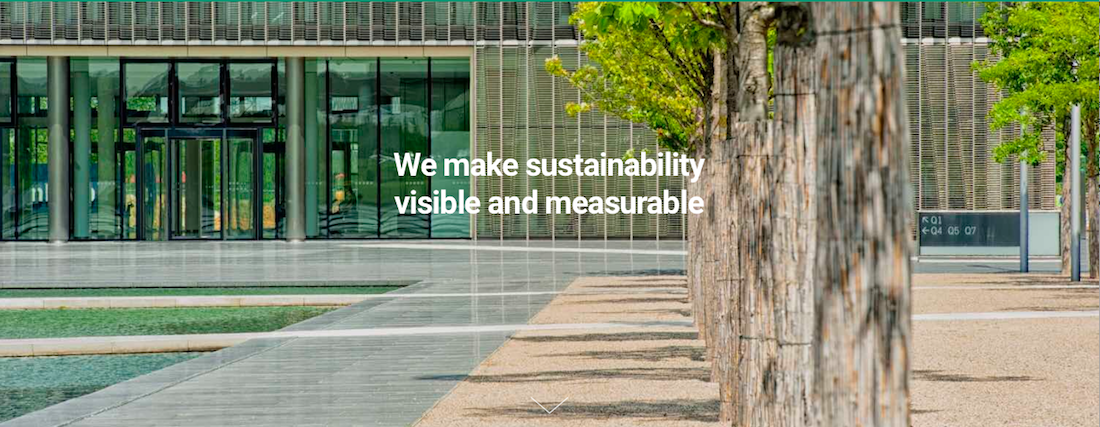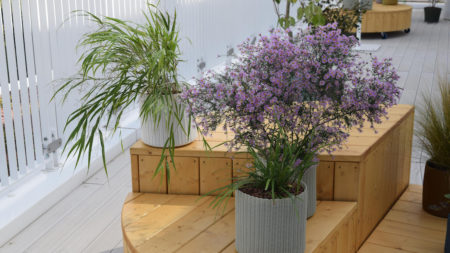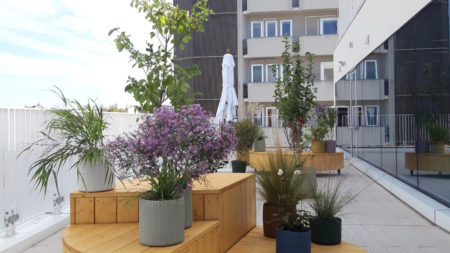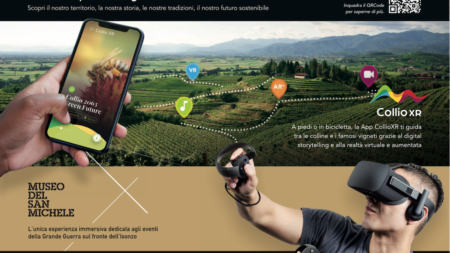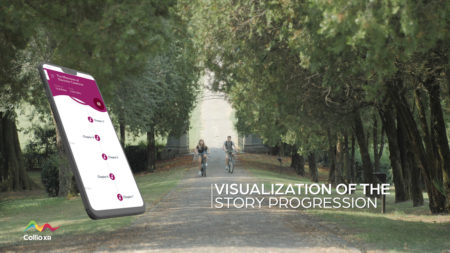
Andreas Kipar, co-founder of LAND, argues the rethinking of the post-pandemic office cannot ignore the growing desire for nature.
The Digital Landscape Manifesto – presented last month at LAC in Lugano – represents the key to rewriting the environment in a more sustainable way, including indoor environments.
Digital culture becomes a tool for biophilic design, to promote environmental awareness and encourage involvement, to re-connect with nature within the workplace, too.
Plants should no longer be considered a simple decorative element, but will become an instrument to reconnect with nature, respond to our need for biophilia and will be able to rewrite, not only the landscape, but also the indoor landscapes in a more sustainable way.
“Digital tools can be used to make us more aware, to learn about the World of Plants and its transformations, to appreciate nature’s ability to build itself.” Explains Andreas Kipar, landscape architect, co-founder of LAND (Landscape, Architecture, Nature, Development) who through the Digital Landscape Manifesto, indicates the opportunities to combine digital culture with landscape, even within the microcosm of workplace.
To improve the indoor quality of life, we must start from the stronger desire for nature and create a new connection with nature in shared places. We cannot neglect this topic designing the post-pandemic office.
Home office will be more and more widespread and large companies that really want to trigger changes will be able to allocate unused office surfaces to gardens by applying the tips of the Manifesto in their headquarters.
It’s time to act: redevelopment starts with nature. Empty spaces in large buildings can be transformed into gardens that move the threshold between inside and outside generating countless advantages.
“In Singapore have been built skyscrapers with a green common ground on the 20th floor that houses internal gardens in connection with the outside”. Kipar explains- “Green and water represent the condition for feeling us integral part of nature”.
And how does the Digital Landscape enter this global vision?
The Digital Landscape allows us to activate knowledge, the first phase of awareness.
Nature needs time and thanks to digital tools we can anticipate its times, we can better understand the world of plants and its resilience, appreciate the ability of nature to build itself.
Interest in botany has grown and digital not only provides data like an encyclopedia but opens up avenues for imagination.
“The people’s approach to technology, accelerated by the needs of safety and social distancing, can start the experience of daily life, creating conditions of livability and permeability and finally bringing the urban landscape back to human scale” as it is written in the Manifesto.
Foto: courtesy of LAND.
1 Andreas Kipar (ph Nicola Colella)
2. A LAND’s motto
3.Innovation with Nature: il progetto di paesaggio e la tecnologia digitale si incontrano in Landscape architecture meets digital technology in “Isonzo XR”, designed by LAND with Ikon technologies, third step ofCariGO GREEN3 project by Fondazione Carigo.
4. Munich RE Terrace is a flexible and dynamic micro-landscape that reflects the character of the city on the interior design scale. The project deals with the theme of Nature in the City and the concepts of Dynamism, Seasonality, Shading, Materials and Outdoor Working (Plants supplied by HW Style)
